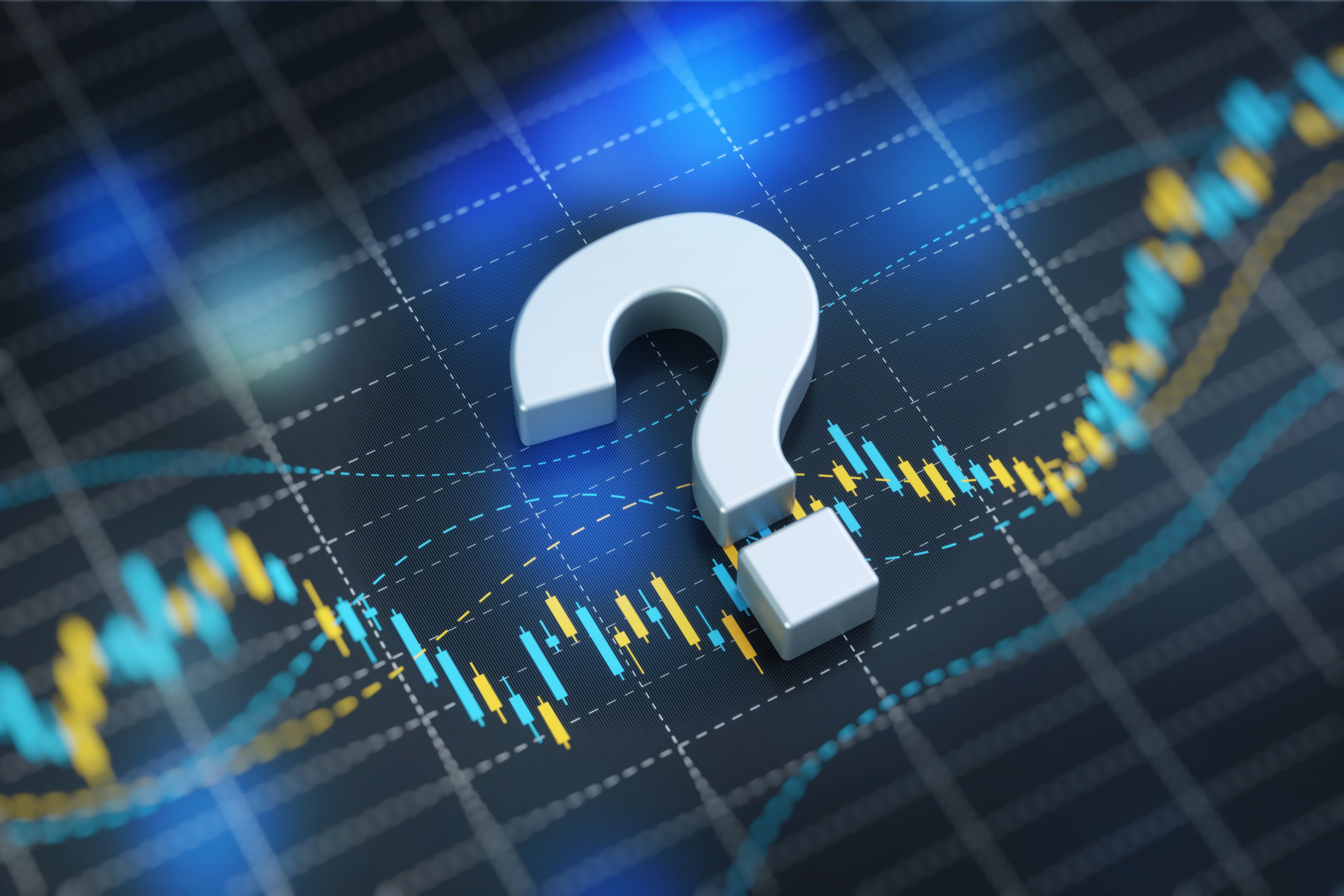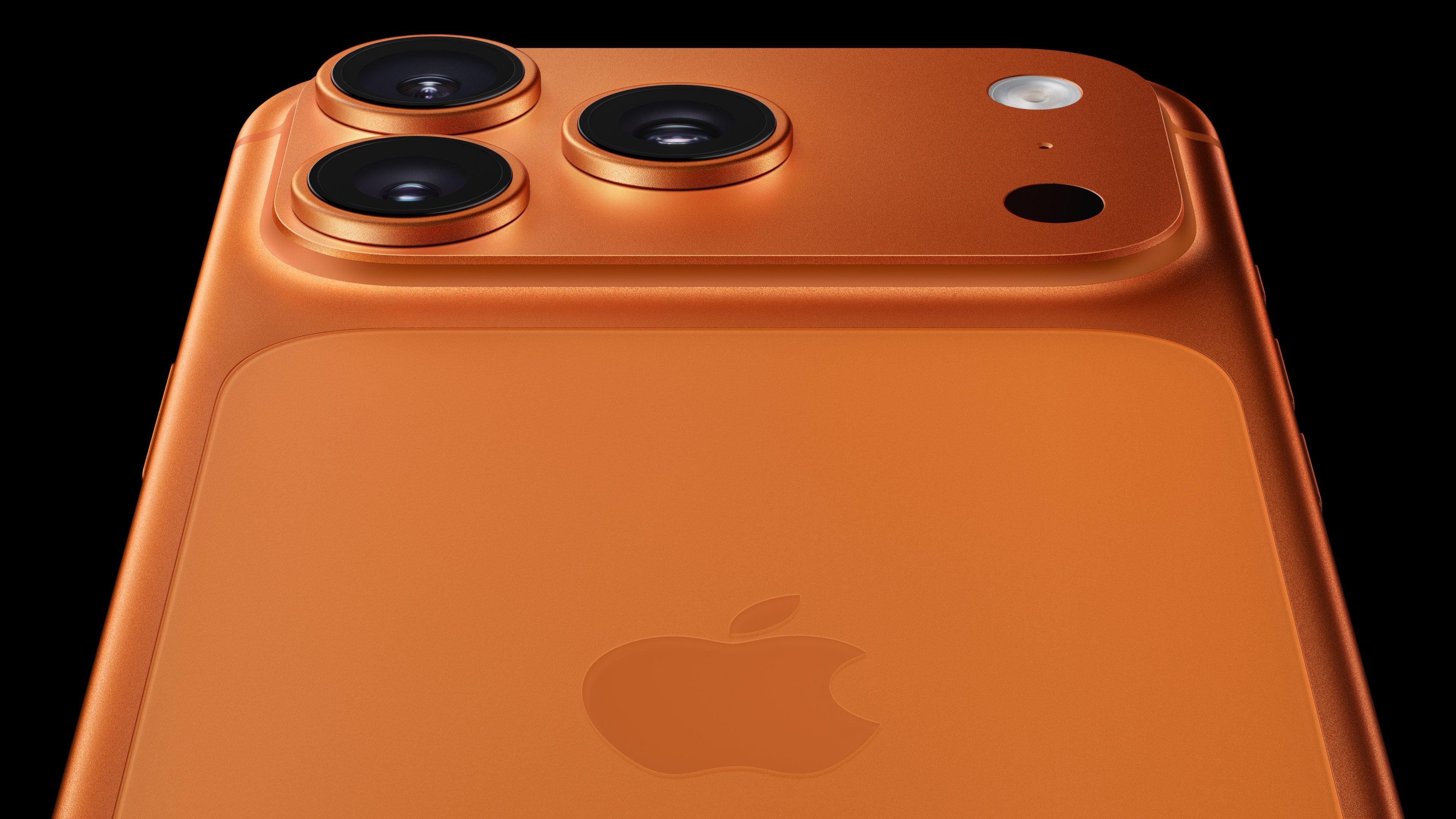Apple (AAPL +0.04%) closed below $500 on Tuesday, for the first time since mid-February of last year. It bounced back above that marker today.
As Apple straddles both sides of $500, it's only natural to wonder whether the world's most valuable technology company will hit $400 or $600 next.
The tech bellwether moved higher today despite another analyst souring on the investment. Pacific Crest analyst Andy Hargreaves slashed his rating on the stock -- from outperform to sector perform -- fearing that it may be all downhill for the company's smartphone and tablet markets now that the affluent market has been pretty much saturated.
The only way for Apple would grow from here, Hargreaves argues -- as retold by Barron's Tech Trader Daily -- is to move to lower-margin products.
Reports earlier this month of Apple working on a cheaper iPhone and a report earlier this week on supplier orders for iPhone 5 screens being slashed certainly seem to point to a future where Apple will have to choose between keeping its margins up on lower unit volume or sacrificing margin for the sake of market-share growth.
Google's Android continues to gain market share, and Research In Motion has become a market darling in recent months. However, the threat here is more about Android cornering the mainstream smartphone market than the chances of BlackBerry 10 nibbling away at iOS on the high end.
Hargreaves doesn't think that the iPhone is toast. He sees Apple selling 145 million units this fiscal year (down from 151 million) and 151 million in fiscal 2014 (down from 161 million). He sees even healthier growth for the iPad. However, more phones doesn't mean more profits.
We're seeing more buyers opting for the cheaper iPhone 4 and 4S models. The situation gets harder overseas where carriers that aren't subsidizing handsets are selling far cheaper Android phones instead.
Hargreaves cites World Bank Development Research Group data showing that there are 875 million people in the world earning $15,000 or more a year, and Pacific Crest estimates that 25% are already using the iPhone. It will be harder to grow from here now that the rich early adopters have bought in.
This is a grim scenario, but don't be so quick to bet on Apple hitting $400 instead of $600 next.
Apple's cash and marketable securities add up to more than $125 a share for Apple. A lot of that money may be locked up overseas, but it still pushes Apple's earnings multiple deeper into the single digits on an enterprise-value basis.
Yes, Apple's back is to the wall at this point, but don't underestimate the hunger of an innovator. Apple knows that it can't just show up with a marginal screen size increase and a few token upgrades. In fact, even annual updates may not be enough given the perpetual flow of fresh Android smartphones and tablets. We'll see if RIM raises the bar on Jan. 30, forcing Apple to radically improve its next iPhone.
The aura of negativity is thick. It's hard to believe that Apple was topping $700 just four months ago. However, don't count Apple out. Just because it hasn't had to dig too deep into its bag of tricks to sustain its relevancy doesn't mean that it won't in the near future.






